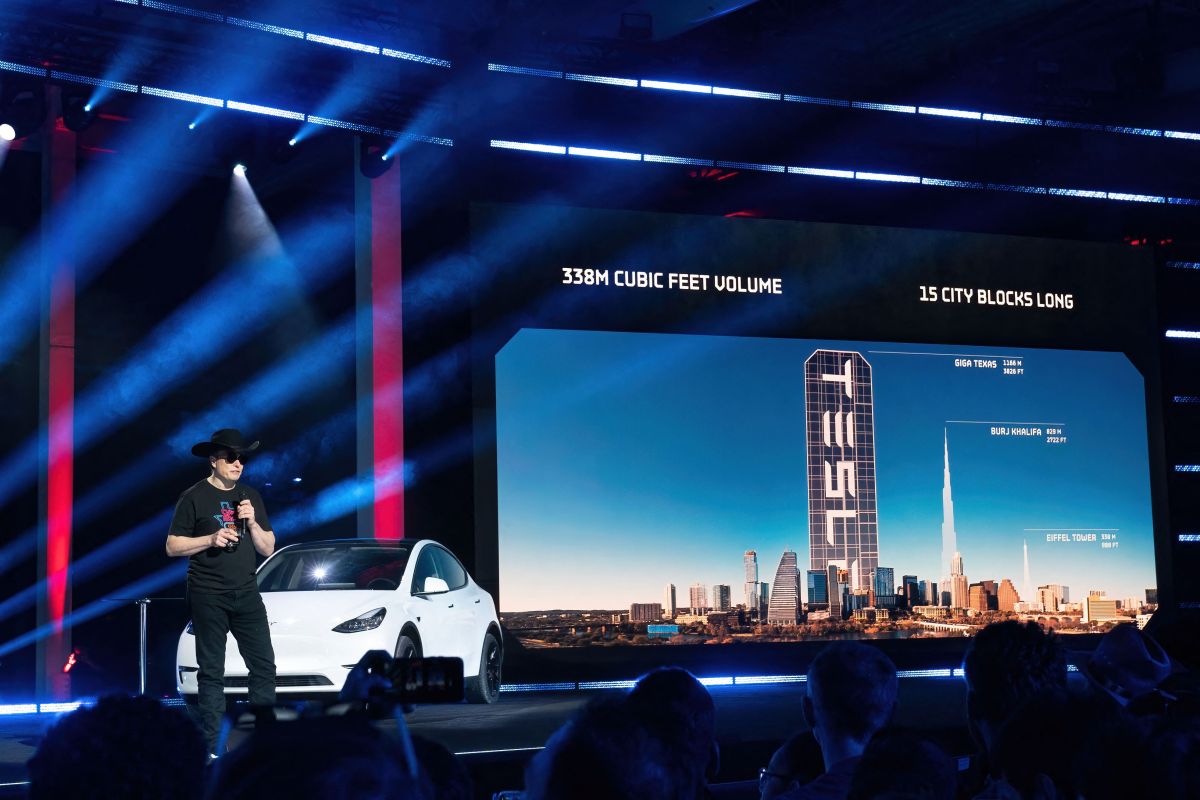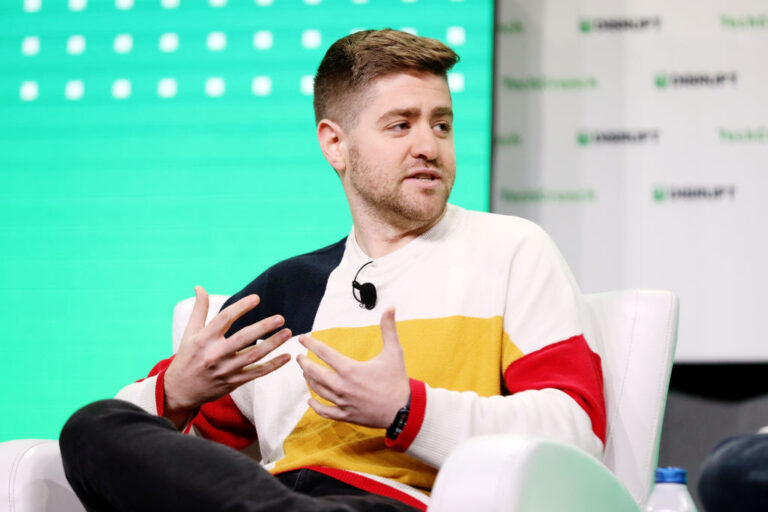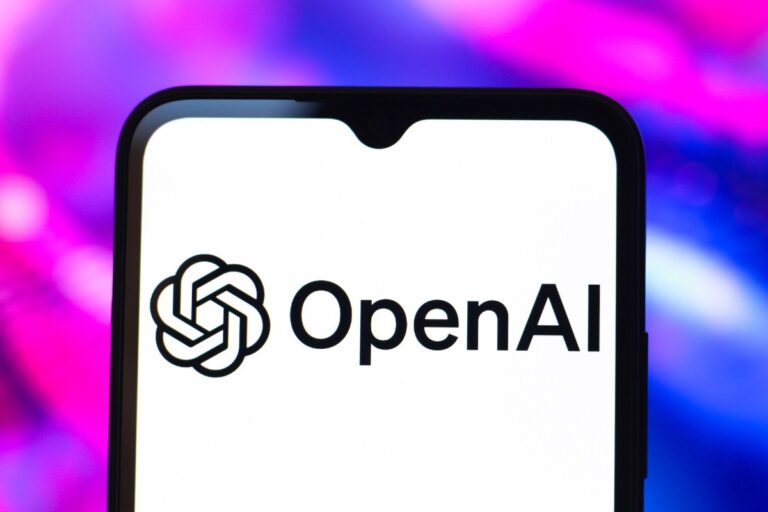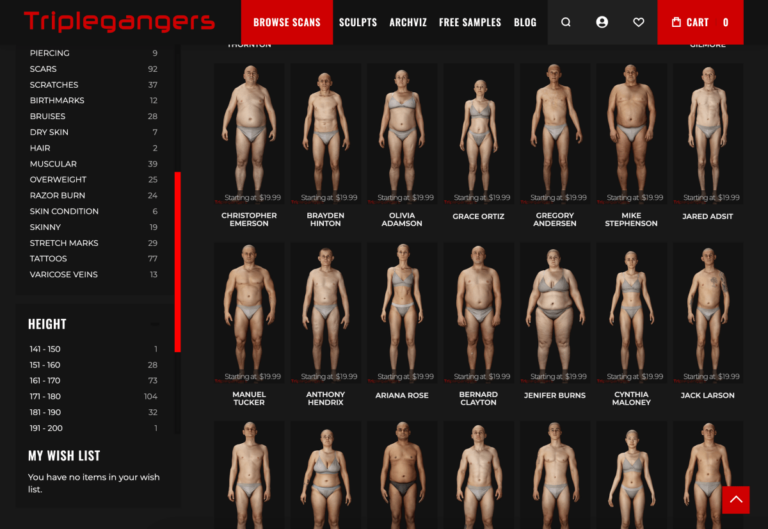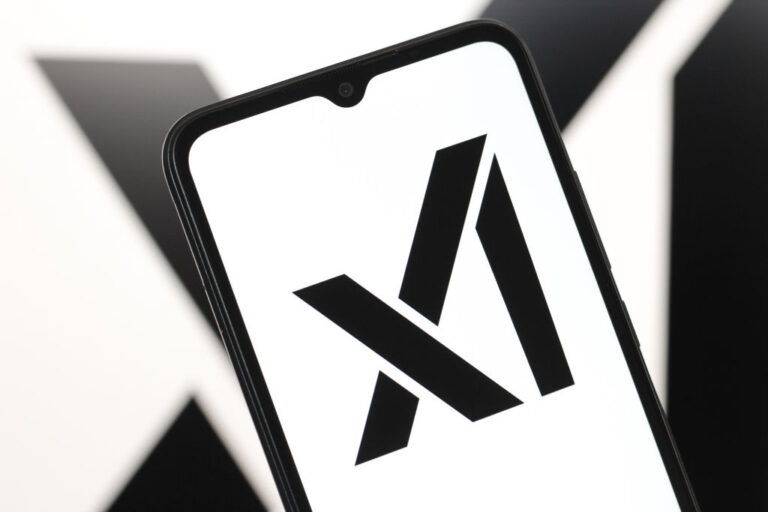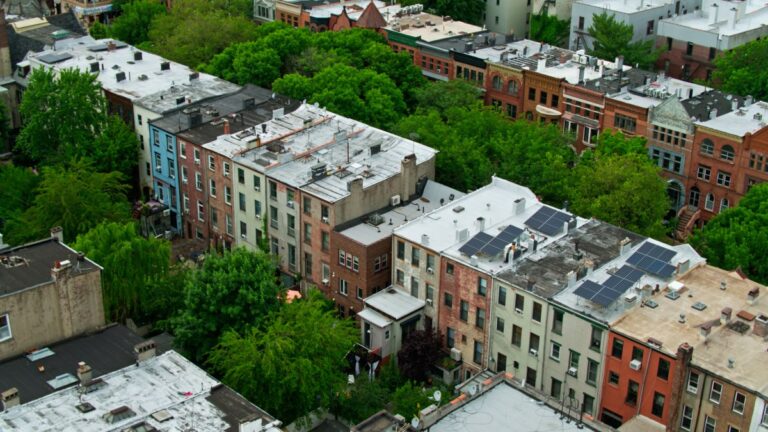Tesla Seeks California Ride-Hail Permit: What You Need to Know About the Catch!
Tesla has recently submitted an application for a transportation service permit to the California Public Utilities Commission (CPUC), marking a significant step towards launching a robotaxi service in the state. This move highlights Tesla’s ambitions in the autonomous ride-hailing space and its commitment to innovation in transportation.
Tesla’s TCP Permit Application: What You Need to Know
The application for a transportation charter-party carrier (TCP) permit was first reported by Bloomberg. TechCrunch has confirmed that Tesla filed for this permit in November 2024, although approval is still pending.
Understanding TCP vs. TNC Permits
It’s essential to differentiate between TCP and TNC permits:
- TCP Permits: These permits allow a company, such as Tesla, to own the vehicles and employ drivers. This is regulated by the CPUC, which oversees both human-driven and autonomous ride-hailing services in California.
- TNC Permits: Ride-hailing companies like Lyft and Uber operate under TNC permits, which enable them to connect drivers using personal vehicles with passengers through a mobile application.
A CPUC spokesperson indicated that Tesla has not applied for a TNC permit or sought participation in the CPUC’s Autonomous Vehicle Passenger Service program at this time.
Future of Tesla’s Driverless Ride-Hailing Service
Despite the current application status, Tesla is preparing for its entry into the driverless ride-hailing market. According to CPUC guidelines, holding a TCP permit is a prerequisite for companies wishing to engage in the autonomous vehicle passenger service program.
Shifting Focus and Future Plans
Tesla’s application for a permit in California comes as a surprise, given the company’s recent shift towards states with more favorable regulatory environments, such as Texas. During a recent earnings call, CEO Elon Musk announced plans to launch a paid ride-hailing robotaxi service in Austin in June. This service will utilize Tesla-owned vehicles and the forthcoming “unsupervised” version of its Full Self-Driving software.
Additionally, Musk unveiled a purpose-built Cybercab prototype last October, designed specifically without a steering wheel or pedals, indicating Tesla’s commitment to fully autonomous transportation solutions.
For more information about Tesla’s innovative approaches to transportation, visit their official website at Tesla.

